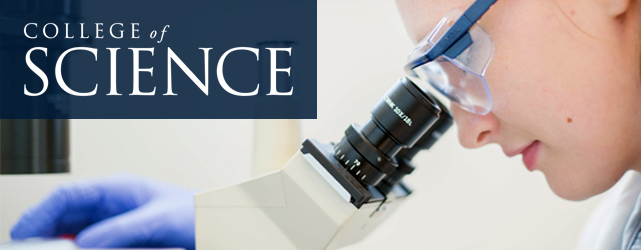
All Physics Faculty Publications
A STM study of surface reconstructions on Si(111):B
Document Type
Article
Journal/Book Title/Conference
Physical Review B
Issue
50
Publication Date
1994
First Page
7453
Last Page
7460
Abstract
The scanning tunneling microscope is used to study the boron-doped Si(111)surface as a function of annealing times and temperatures. The surface structure is found to be determined by the concentration of B. When the substitutional B concentration is less than 1% of the top 1 X 1 bilayer atoms, the surface is largely 7X7 but surrounded by adatom-covered 1X1 regions (which have higher B concentration). When the B concentration is more than 3', the whole surface will be adatom-covered 1X1 regions including (v 3 Xv 3)R30' structures. The (&3Xv 3)R30' domains will increase with the B concentration. Because 7 X7 can only exist in the region with low B concentration, the growth of 7 X7 is slowed down. Further annealing at 560'C can convert 2X2, c(4X2) into 7X7 and 9X9. Sides of the 7X7 domain preferentially grow along the three equivalent [112]directions. The adatom-covered 1 X 1 regions are bounded by faulted halves of the 7 X7 domains. The dark sites of 7 X7 are observed and counted. They are further interpreted in terms of a B substitution model. The pattern of bright and dark atoms in (V 3 X&3)R30' domains is analyzed and a criterion for a B stabilized Si-1&3X v 3)R30' structure is obtained.
Recommended Citation
T. C. Shen, C. Wang, J. W. Lyding and J. R. Tucker, "A STM study of surface reconstructions on Si(111):B," Phys. Rev. B50, 7453-7460 (1994).
https://doi.org/10.1103/PhysRevB.50.7453

